Medium temperature for butterfly valves of different materials
In the large number of butterfly valve enquiries made by Tanghai Valve every day, “medium temperature” is a frequently mentioned term. Because the different types of media have a great influence on the selection of valve varieties. Whether the medium is an ordinary liquid, a highly corrosive special medium, or a cement-like turbid
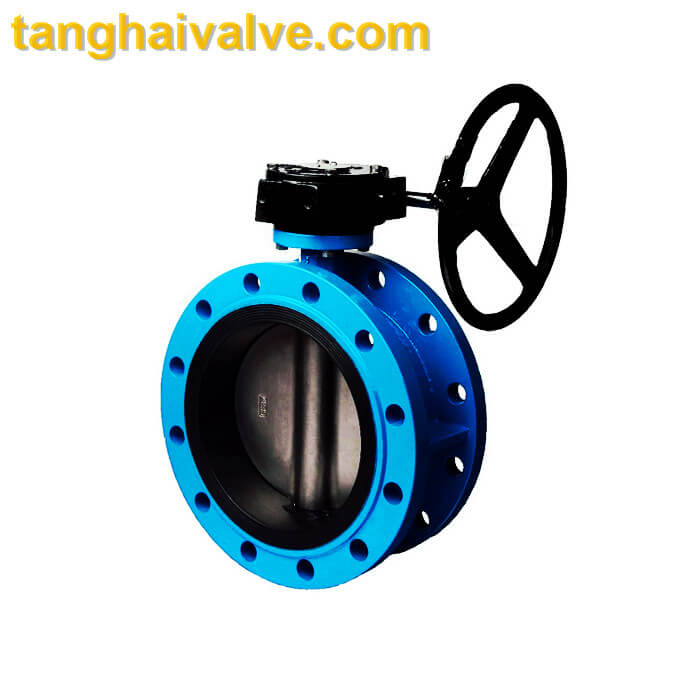
Double flange butterfly valve (7)
medium, all correspond to different valve types. Whether the medium is high temperature or low temperature also determines which material of the butterfly valve is more suitable and durable. Now let’s take a look at the medium temperature of various butterfly valve materials.
The main material involved here is the body and bonnet material of the butterfly valve. The corresponding medium temperature is as follows:
Cast iron-the highest temperature of the applicable medium is 300℃;
Nodular cast iron-the highest temperature of the applicable medium is 350℃;
Stainless steel ——The highest temperature of applicable medium is 600℃;
Polytetrafluoroethylene——Maximum operating temperature of applicable medium: -180~150℃;
Rubber —— The highest operating temperature of the applicable medium: natural rubber 60℃; nitrile rubber and neoprene rubber 80℃; fluorine rubber 150℃. When the valve lining is made of rubber or plastic, its temperature resistance shall prevail.
Gray cast iron-the highest temperature of the applicable medium is 250℃;
High silicon cast iron-the highest temperature of the applicable medium is 120℃;
Carbon steel-the highest temperature of the applicable medium is 425℃ (if 16Mn, 30Mn forgings can reach 450℃);
Alloy steel-the highest temperature of the applicable medium is 550℃;
Copper alloy-the highest temperature of the applicable medium is 200℃;
Titanium-the highest temperature of the applicable medium is 300℃;
In addition, there are relatively special ceramic and glass butterfly valves, which have poor temperature resistance and are generally used below 90°C. The temperature resistance of the enamel valve is limited by the material of the sealing ring, and the maximum medium temperature exceeds 150℃.
Among the above various butterfly valve materials, cast iron butterfly valves, spheroidal ink butterfly valves, stainless steel butterfly valves, PTFE butterfly valves, and rubber butterfly valves are widely used and have better overall performance. They also occupy a large number of daily orders for Tanghai valves. The proportion of products is very popular in the market. Tanghai Valve produces butterfly valve products of various specifications and materials. With 24 years of industry experience, I believe you will definitely choose your favorite high-quality butterfly valve here.
TH Valve is a professional manufacturer of butterfly valve, gate valve, check valve, globe valve, knife gate valve, ball valve with API, JIS, DIN standard, used in Oil, Gas, Marine industry, Water supply and drainage, fire fighting, shipbuilding, water treatment and other systems, with Nominal Diameter of DN50 to DN1200, NBR/EPDM/VITON, Certificates & Approvals: DNV-GL, Lloyds, DNV, BV, API, ABS, CCS. Standards: EN 593, API609, API6D
Related news/knowledge:
Applicable occasions and application conditions of butterfly valves
Applicable occasions and operation method of ball valve
Valve body and material classification

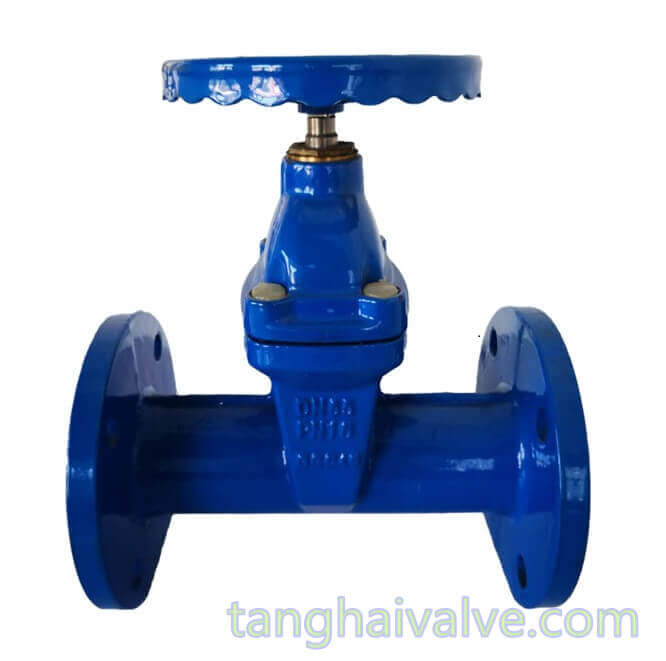
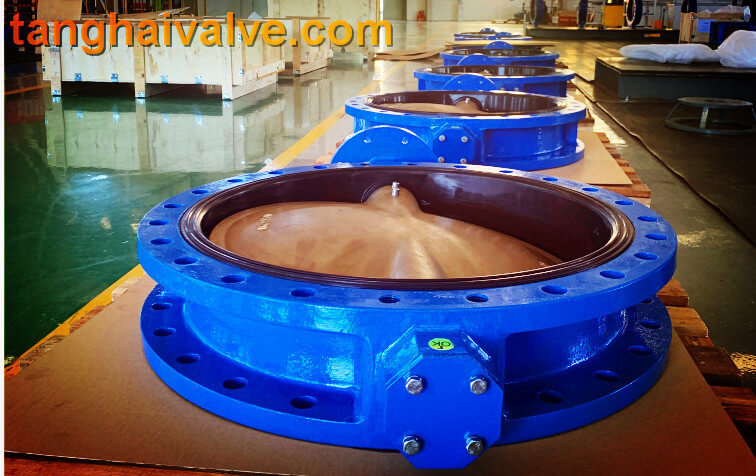
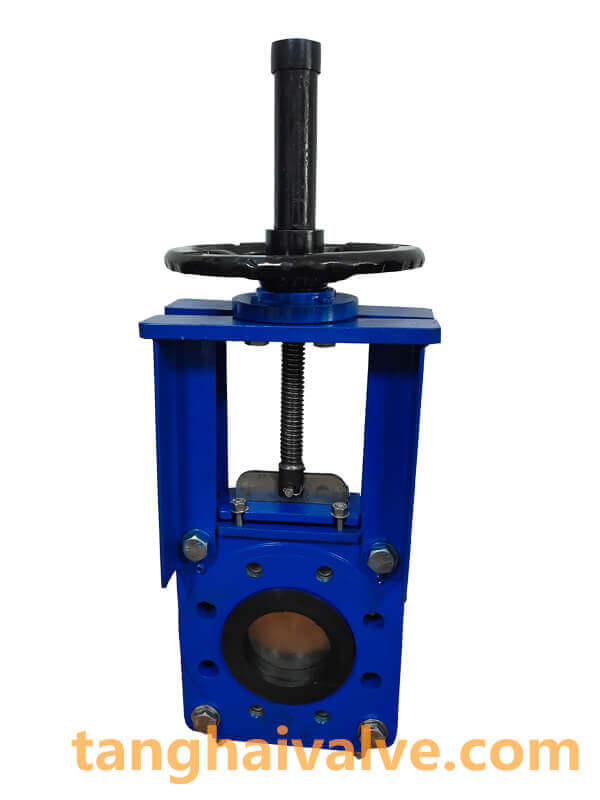 maintained under the working conditions of dirty media. The valve seal can be replaced without removing the valve, making the valve maintenance easier.
maintained under the working conditions of dirty media. The valve seal can be replaced without removing the valve, making the valve maintenance easier.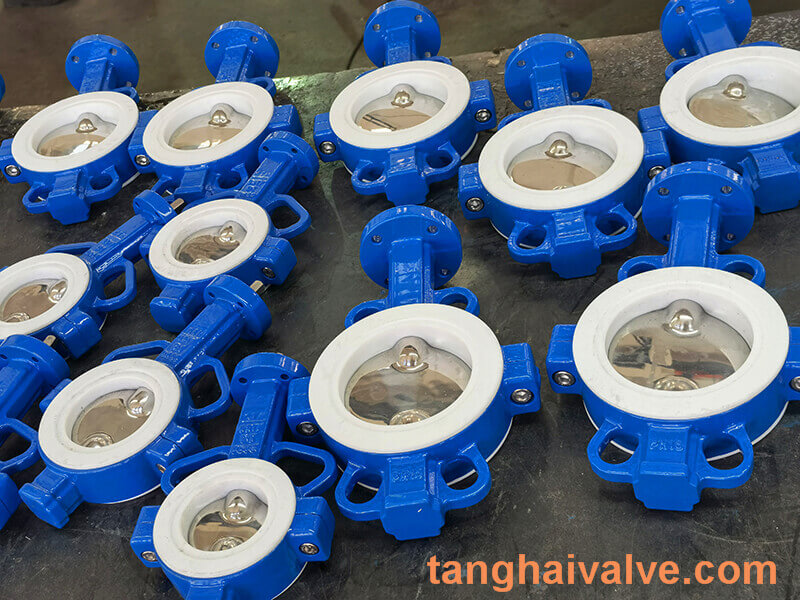
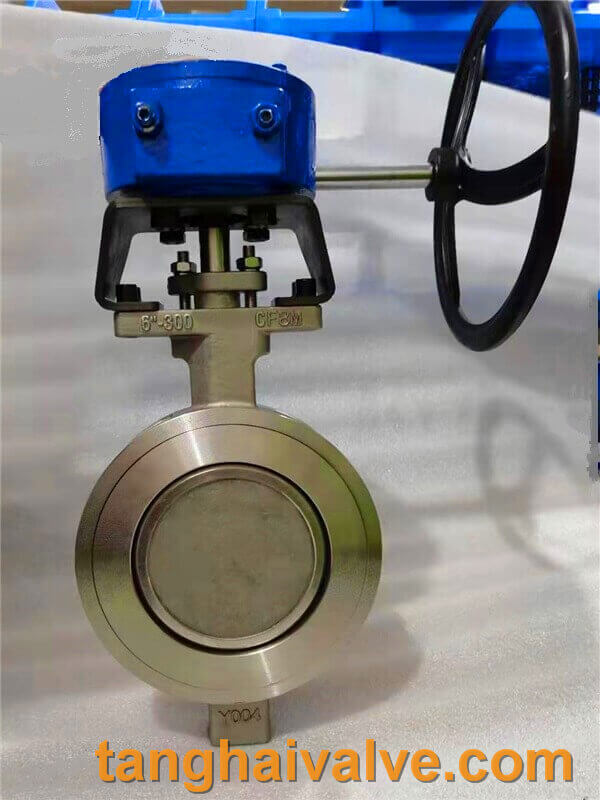
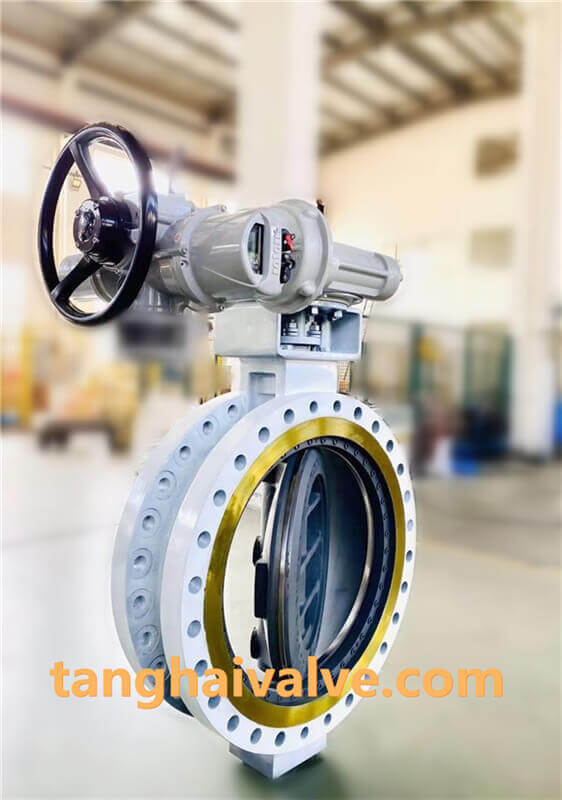
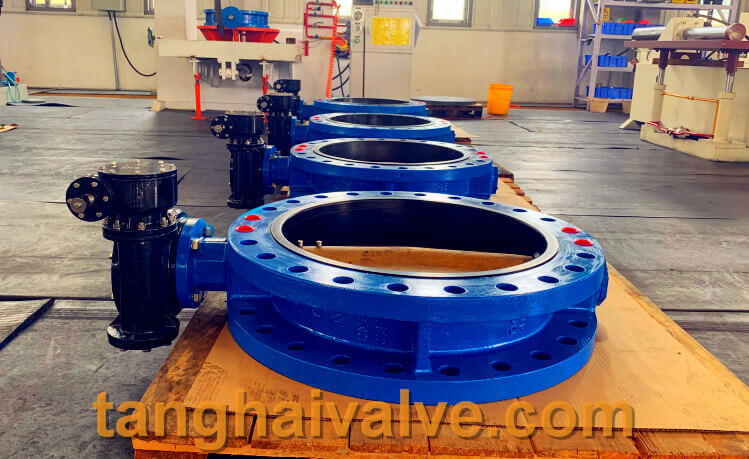
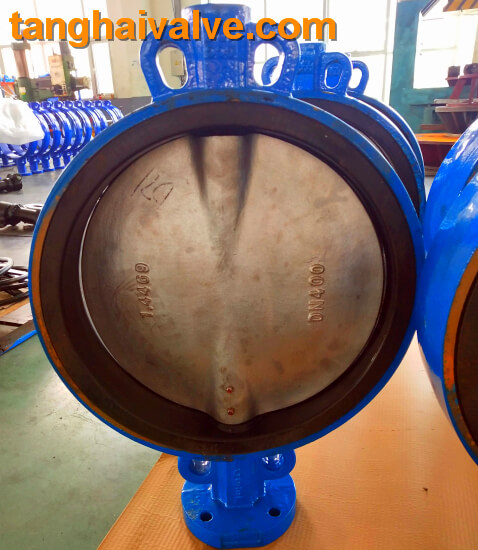
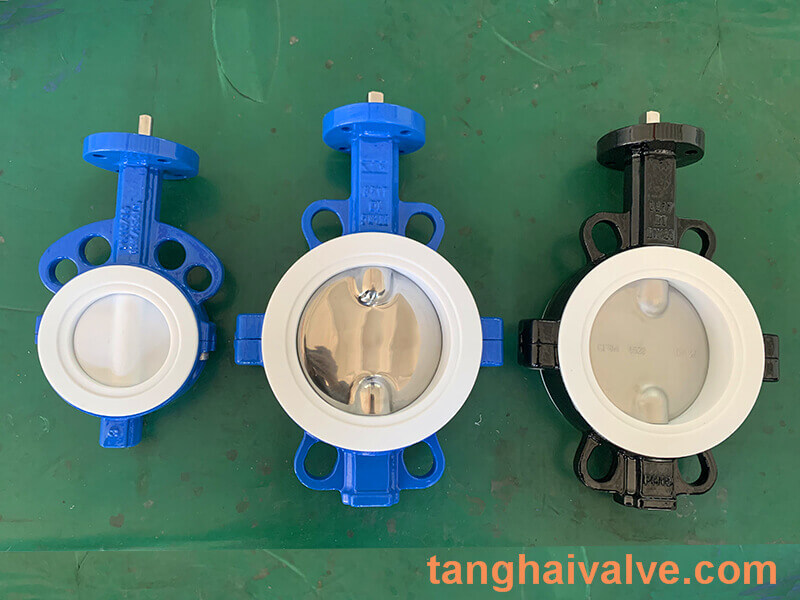
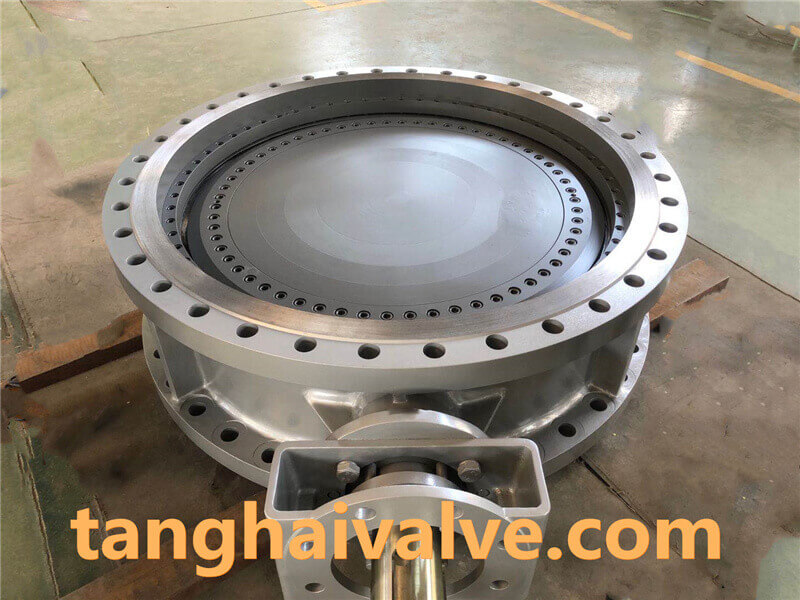



 © Copyright 2020 Tianjin Tanghaidongyang Valve Co., Ltd. All Rights Reserved.
© Copyright 2020 Tianjin Tanghaidongyang Valve Co., Ltd. All Rights Reserved.